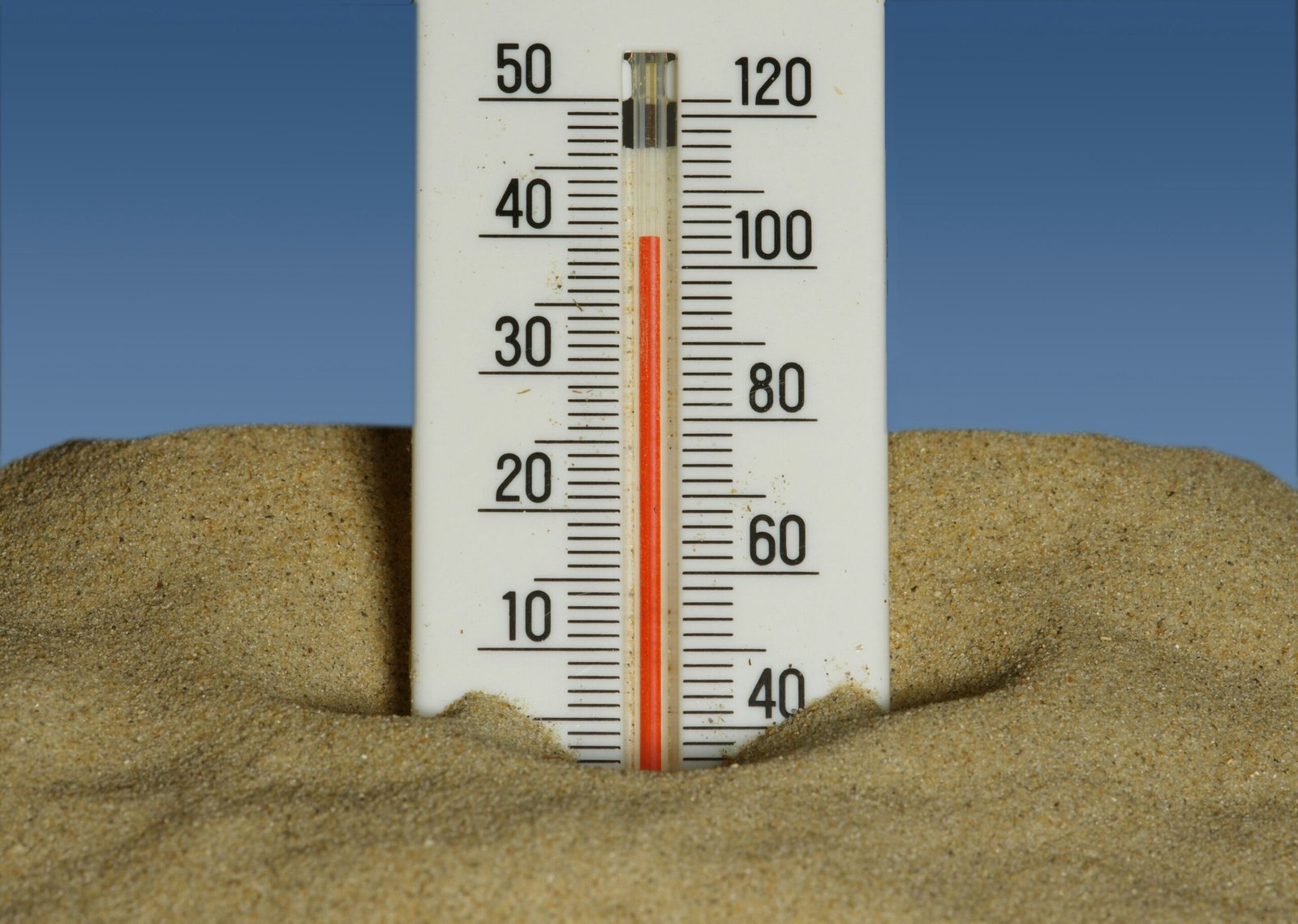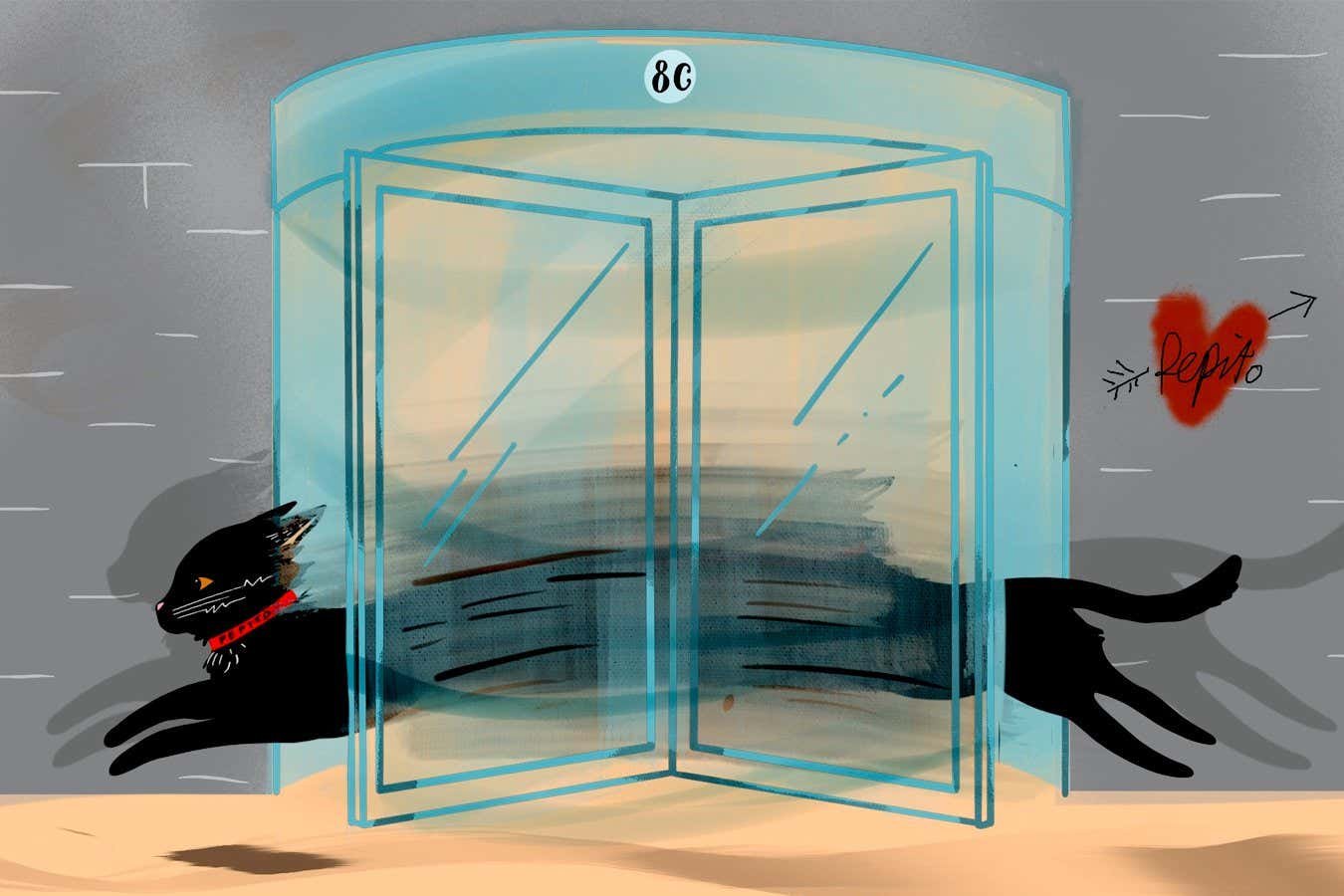
Rising global temperatures are having an ever-worsening impact on the health and productivity of workers, the United Nations said Friday, urging immediate action to tackle the dangers of heat stress.
Extreme heat is posing growing challenges in the workplace, the UN’s health and climate agencies said, as they issued guidance for governments, employers and health authorities to mitigate the risks.
“Immediate action is needed to address the worsening impact of heat stress on workers worldwide,” they said.
Many workers are regularly exposed to dangerous heat conditions, the World Health Organization and the World Meteorological Organization said.
But the WHO and WMO said the frequency and intensity of those extreme heat events had risen sharply, increasing the risks for both outdoor and indoor workers alike.
Manual workers in sectors such as agriculture, construction and fisheries are particularly hard hit, they said in a report.
The agencies said worker productivity dropped by two to three percent for every degree above 20C.
The related health risks include heatstroke, dehydration, kidney dysfunction, and neurological disorders.
Economic factor
“Occupational heat stress has become a global societal challenge, which is no longer confined to countries located close to the Equator,” said WMO Deputy Secretary-General Ko Barrett.
“Protection of workers from extreme heat is not just a health imperative but an economic necessity.”
The agencies called for occupational heat action plans, tailored to specific industries and regions.
The guidance drew on findings by the UN’s International Labor Organization (ILO), highlighting that more than 2.4 billion workers are exposed to excessive heat globally—71% of the world’s working population.
It results in more than 22.85 million occupational injuries each year and almost 19,000 fatalities.
“Investing in effective, preventive and protective strategies would save the world several billion dollars every single year,” said Joaquim Pintado Nunes, the ILO’s chief of occupational safety and health and the working environment.
“Without bold, coordinated action, heat stress will become one of the most devastating occupational hazards of our time, leading to a significant loss of life and productivity.”
Adapt or die
The guidance called for a focus on middle-aged and older workers, and those with chronic health conditions or lower physical fitness who would be more susceptible to heat stress.
It said workers, trade unions, health experts and local authorities should work together to come up with heat-health strategies that would then be widely supported.
It said heat stress symptoms were often misdiagnosed, with people failing to recognize the signs.
The last WHO technical report and guidance on workplace heat stress dates from 1969, “when the world looked very different in terms of climate change”, said the WHO’s environment chief Ruediger Krech.
“What’s changed is the severity,” he said, with each of the past 10 years being in the warmest 10 ever recorded.
WMO services division senior director Johan Stander added, “We must face up to the future of extreme heat. It’s a reality for many: a case of adapt or die.”
© 2025 AFP
Citation:
UN says workers’ health ‘severely impacted’ by rising heat (2025, August 22)
retrieved 22 August 2025
from https://phys.org/news/2025-08-workers-health-severely-impacted.html
This document is subject to copyright. Apart from any fair dealing for the purpose of private study or research, no
part may be reproduced without the written permission. The content is provided for information purposes only.




